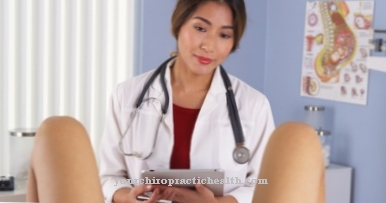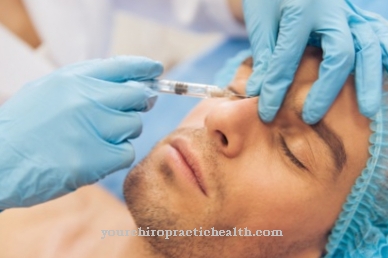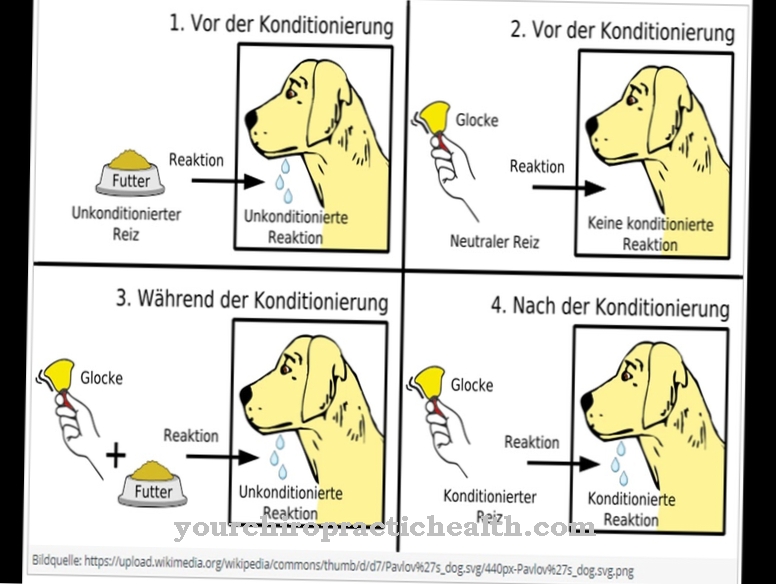A widespread evil, not only in athletic circles, is athlete's foot, which is also called athlete's lichen. It is noticeable by itching and burning between the toes and often extends over the back of the feet and the soles of the feet. Small, fluid-filled vesicles form that infect the wider area. The itching is often unbearable, and inflammation from chafing is not uncommon.
causes

Athlete's foot develops best in warm moisture. And of course, infection is easiest where many people move barefoot. In bathing establishments, coconut runners, textile floor coverings and wooden gratings, as well as rubber runners and mats, are breeding grounds for this fungus.
The same applies to the bathing and changing rooms of the sports clubs.
Since adequate disinfection of the rooms mentioned is often questionable, people should not walk barefoot in these rooms, not even in wooden clogs that are standing around, which may already have been used by athlete's foot. We recommend your own flip-flops made of plastic or rubber, which, like a toothbrush, shouldn't be borrowed.
treatment
In order to take the athlete's foot on the skin the most favorable living conditions, which in this case is moist warmth, everyone should make sure to dry their feet well after the bath, especially between the toes. After that, powdering the feet and the spaces between the toes with foot powder is extremely effective.
In America, athlete's foot has been got under control by moving the dried feet in the so-called powder bench for a few minutes after bathing in all sports facilities. It is a flat box filled with foot powder, which provides the user with dry feet and the athlete's foot the chance of life.
If you have athlete's foot, you should change shoes and stockings often and keep your footwear dry.
Take foot baths with the addition of potassium permanganate lukewarm, and let your feet air dry as often as possible, walk barefoot outdoors and, if necessary, eliminate sweaty feet. The areas affected by athlete's foot are regularly treated with specific remedies against athlete's foot in the morning and evening. Ask your doctor or pharmacist about suitable products.
Since athlete's foot can be transmitted through contact infection, hands must be washed carefully after foot contact, as other parts of the body can also be affected.
If only one foot is infected with athlete's foot, be careful not to put on the sock of the affected foot on the healthy one. It is also advisable to disinfect shoes or slippers, if necessary, in order to eliminate all possible sources of infection.

























.jpg)

.jpg)
